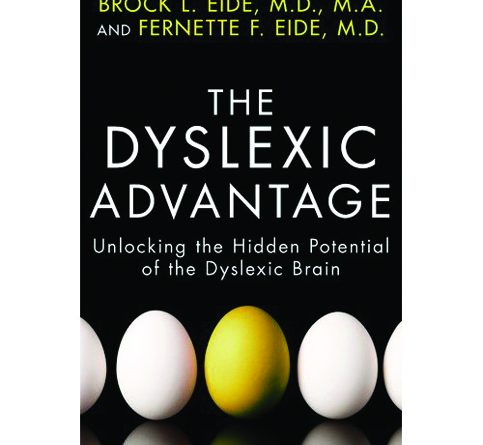The Dyslexic Advantage Book Summary
I recently re-read (listened to) The Dyslexic Advantage as the last time I read it was before my note-taking system. I could not remember what each of the MIND strengths were so decided to refresh. This was a sizable undertaking as it is 7 audio CDs (from a time before Audible).
The book contains a number of interesting anecdotes and facts that are either a parallel to dyslexia or an examination of the dyslexic advantages. One I particularly liked was baseball’s list of most strikeouts correlates with the list of biggest home run hitters. Like IQ you need to be careful what you measure as it does not give you the whole picture. To focus on the weakness would miss the bigger picture – just like with dyslexia.
After a brief canter through the theories on the origins/cause of dyslexia, the book presents 4 types of dyslexic advantages. The book puts forward the case that dyslexic brains are wired differently (longer spaces between neuron clusters) which present some of the challenges we all associate with dyslexia. However, the book asserts these are trade-offs, not deficits. The upside to the differently wired brain presents in 4 distinct advantages – material reasoning, interconnected reasoning, narrative reasoning, dynamic reasoning. MIND.
We are all familiar with the dyslexic profile having a wide variability. In the same way that some dyslexics don’t present with some of the common difficulties, each dyslexic will have different amounts of these MIND strengths.
Material Reasoning
Material Reasoning strong mental 3D perspectives, ability to manipulate images/models in mind’s eye. Da Vinci often wrote in mirror writing but his strong material reasoning enabled him to envision a helicopter!
The brain wiring that gives high M strengths will also lead to the downsides of expressive challenges and underdeveloped verbal skills.
Interconnected reasoning
Interconnected reasoning is big picture thinking. The ability to summarise & find jist. People with high I strengths are great at connecting ideas, spotting challenges and finding solutions. Entrepreneurial talents of joining different perspectives.
On the flip side high I strength dyslexics may not be able to make fast decisions on simple things. They may need the big picture painting to be able to parse the detail.
Narrative Reasoning
Narrative Reasoning is the structure of experience. Strong episodic memory (part and future) makes good storytellers. Many people would think the spelling and reading challenges would make dyslexics rubbish writers but there are many award-winning authors who benefit from dyslexia.
The trade-off for the strong episodic memory is difficulty remembering dry facts (semantic memory).
Dynamic Reasoning
Dynamic Reasoning is the power of prediction. High D strengths give insight based problem-solving with incomplete information. People who benefit from high D and N strengths can use episodic memory and dynamic reasoning to spot outliers that most people would average out and gain fresh insights.
High D strengths come at the cost of processing speed for abstract reasoning
Key Takeaways
I wrote pages of notes while listening to the Dyslexic Advantage so I decided to condense them down into a visual summary to keep the ideas fresh.



Pingback: Seeing the world differently through books – Differently Wired
Pingback: Made To Stick – Differently Wired